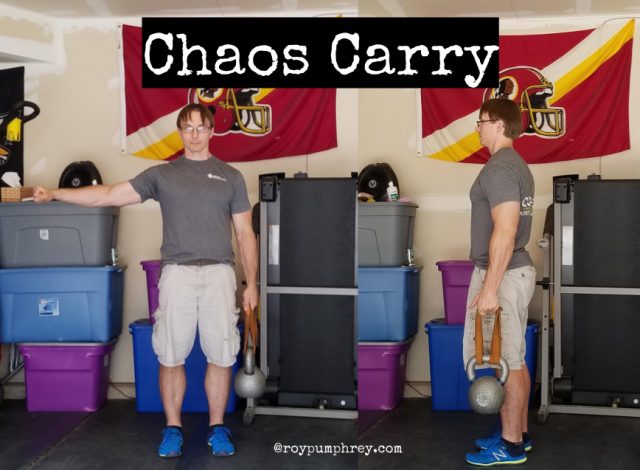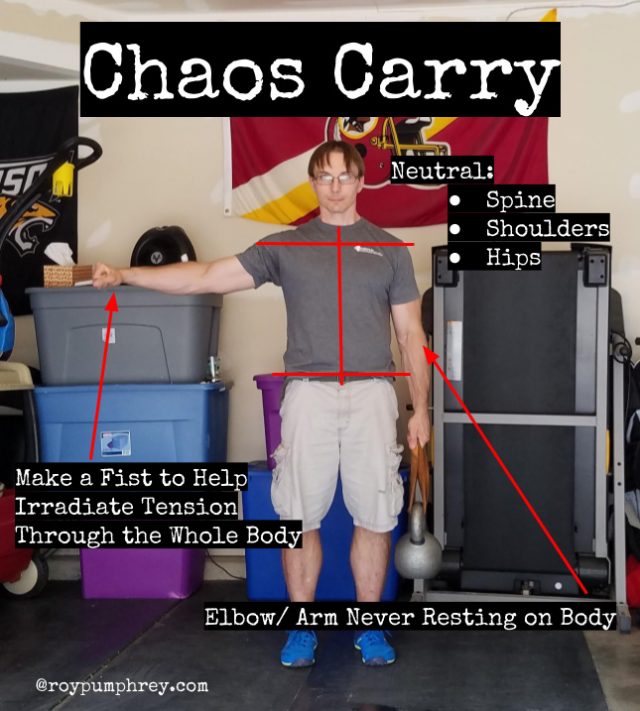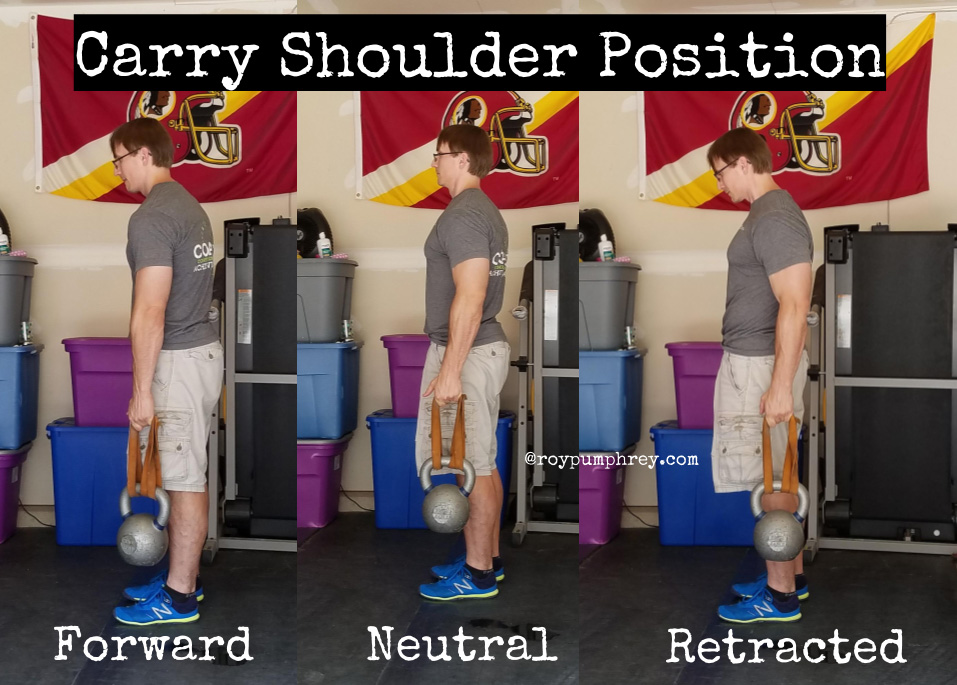
As if PROPERLY performed loaded carries aren’t bad enough.
Using a band as a handle takes them to a whole new level….
But Why Do Loaded Carries In the First Place?
Loaded Carries might be the most “functional” exercise there is.
I mean, ya pretty much gotta pick up and carry stuff all the time.
*Or at least decently strong people have to pick up and carry things all the time.
There are lots of people who don’t pick up and carry things, you don’t want to be those people,
Those People DIE.
“Perceived work ability in midlife was associated with mortality and disability in old age among blue-collar and white-collar employees. It is plausible that a person’s capacity to perform activities in relation to the demands posed by their age-appropriate role in society tracks through decades. The current work ability of middle-aged employees could therefore be considered as an early predictor of functioning in old age.” – CMAJ
Point Being:
Loaded Carries work literally every muscle and train virtually every stance and plane of movement,
“The movement begins by deadlifting the bells from a bilateral stance and then proceeds to be either single leg or split stance. If you can avoid dropping the bells and also maintain good posture, you prove that you have the following:
- Shoulder stability
- Midline stability
- Resistance to rotation” –Andrew Read
Loaded Carries either keep you strong like bull of make you un-weak.
Things you want to be.
So loaded carries are boss.
But we can make them Boss(er)
Chaos Carries
How to do Chaos Carries:
Use a band as a handle.
If the bells are oscillating left to right or forward/backward YOU’RE TOO LOOSE AND NEED TO GET TIGHTER AND CONTROL YOUR MOVEMENT.
The bells can and should oscillate up and down, but it should be minimal and controlled.
Why Chaos Carries?
Fundamentally, variation.
These shouldn’t take the place of other carries in the toolbox, but instead add another dimension.
Chaos Carries are going to be lighter than the regular, non-banded version so they won’t have the strength and muscle building capabilities.
What Chaos Carries Do Better:
Stability, Motor Control,
The timing mechanisms, of the shoulder, core and hips are taxed more-so than the traditional carries (at the same weight) due to the increased unpredictability in the movement of the bells due to the band.
Rotator Cuff Therapy on a New Level:
I can’t prove this, but a number of clients with shoulder issues including surgery on the rotator cuff have told me some variation of,
“That’s the best thing we do for my shoulder”
Look, I know I can’t prove this but here’s my thought.
Out With the Old:
Old school rotator cuff physical therapy, internal/ external rotation with bands and tubing, was ok.
In 1995.
But we’ve learned a lot since then and guess what?
That stuff is ok and appropriate early on in the rehab process, but after a while, it really kinda sucks is insufficient to rehabilitate a shoulder back to real world, fully functional, status.
So What’s Better?
In my opinion, and that of others,
Compression and Distraction
“The rotator cuff is a stability muscle and it’s reflex driven. The two things in the neurological platform that stimulate better reflex stabilization are compression and distraction…..Distraction and compression opportunities for the hips and shoulders are probably going to provide more reflex stabilization than rehearsing repetitions with the stabilizer muscles. They’re going to send out a global signal for alignment and integrity.” – Gray Cook
Chaos Carries Are the Ultimate in Distraction
You’re rotator cuff is forced to reflexively fire, coordinate and center the humerus in the shoulder joint, all while the angle of the force being applied (to the shoulder) is constantly changing due to the “chaos effect”of the band on the bell.

Checklist:
- Spine Neutral the WHOLE TIME. <—-NO LEANING
- Get Tight, Stay Tight.
- Shoulder in the joint. <—NEUTRAL
- Weight stays OFF the body.

Always Aim for a Neutral Shoulder Position.
Humerus (upper arm bone) centered in the joint and in the midline of the body.
Bro Tips:
- Bottom Rib on the Abs
- Don’t “over-reach” keep your steps “around”/ “under” the hips.
- Feet, ankles, knees NEVER collapse or rotate toward the midline.
- Smaller/ thinner bands allow the bells to move MUCH MORE, but are also a lot harder on the hands.
- “Search” for tension through the Obliques, once you find it KEEP IT.
Always Try to LIMIT the MOVEMENT of the Bells.
I showed Chaos Suitcase Carries for this article, but you can definitely do farmers carries, using bands for the handles on both bells.



[…] Obliques tie the ribcage to the hip. […]